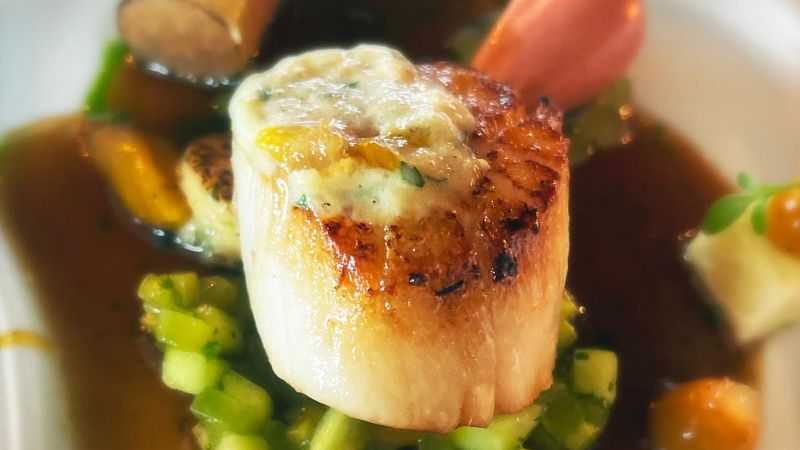A Culinary Journey Through Tallinn’s Diverse Gastronomic Landscape
Tallinn, the capital of Estonia, is home to a rich and varied culinary scene that reflects its complex history and cultural influences. The old town, a UNESCO-protected area, offers a range of restaurants serving what many describe as authentic or traditional Estonian cuisine. Dishes like Ahjus Küpsetatud Karuliha (stewed bear), Külmroog (Baltic herring), and Sea Suitsuvorst (smoked pork sausage) showcase the nuanced blend of flavors and traditions that define Estonian food. These dishes are not just meals but stories of adaptation and resilience, shaped by centuries of trade, migration, and local ingenuity.
Bear meat, for instance, is a nod to the northern forestland traditions shared by countries like Russia, Finland, and Sweden. Baltic herring, often pickled or cured, reflects Scandinavian preservation techniques honed over centuries through trade within the Hanseatic League. Smoked pork sausages, on the other hand, highlight the strong Germanic influence in Estonian cuisine. While these dishes may seem rooted in tradition, they also reveal how food evolves with time, incorporating new ideas and techniques.
For those seeking something beyond the familiar, the former industrial harbor area of Noblessner has emerged as a vibrant gastronomic hub. This area, once home to a submarine factory founded by Emanuel Nobel and Arthur Lessner, now houses a collection of innovative restaurants. One such establishment is Lore Bistro, co-founded by Kristjan Peäske, who initially embraced a farm-to-table philosophy. However, after a decade of focusing on locally sourced ingredients, he found himself creatively constrained. The pandemic provided an unexpected opportunity for change when a former sous chef returned with a new perspective, leading to a collaboration with Hiroaki Takeda, a fermentation expert from Copenhagen’s Noma. This partnership allowed Peäske to expand his culinary vision while still valuing local produce.
At Lore, the menu features dishes that blend Estonian heritage with global influences. For example, a dish inspired by the Slavic “fur coat” (Kasukas) incorporates trout roe, charred potatoes, and a mustard-seed-infused mayo, creating a modern twist on a traditional concept. Another standout is the grass-fed beef tartare, which highlights the environmental benefits of Estonian cattle farming, where natural grasslands support a sustainable approach to meat production.
Just a short walk away, 180°, a two-Michelin-star restaurant led by German chef Matthias Diether, takes a different approach. Diether prioritizes quality over locality, sourcing the best ingredients from around the world. His philosophy emphasizes simplicity, with each course featuring only three ingredients. Despite this minimalism, the dishes are bold and refined, showcasing a deep understanding of flavor and technique.
The menu at 180° is a celebration of global influences, reflecting Estonia’s history of being shaped by various cultures. Diether acknowledges the country’s complex past, noting that Estonian cuisine has always been influenced by external forces. Yet, he focuses on the present, creating a modern interpretation of food that resonates with contemporary diners.
From the smoky richness of a sea bass mousseline to the delicate balance of a pigeon dish paired with a Patagonian Pinot Noir, the dining experience at 180° is nothing short of exceptional. Each plate is a testament to the chef’s artistry and the evolving nature of Estonian cuisine.
Despite the challenges posed by the cost-of-living crisis and shifting consumer habits, fine dining in Tallinn continues to thrive. As Diether notes, the industry faces difficulties, but it remains resilient. The future of fine dining may look different, but its essence—creativity, craftsmanship, and a passion for excellence—will endure.







